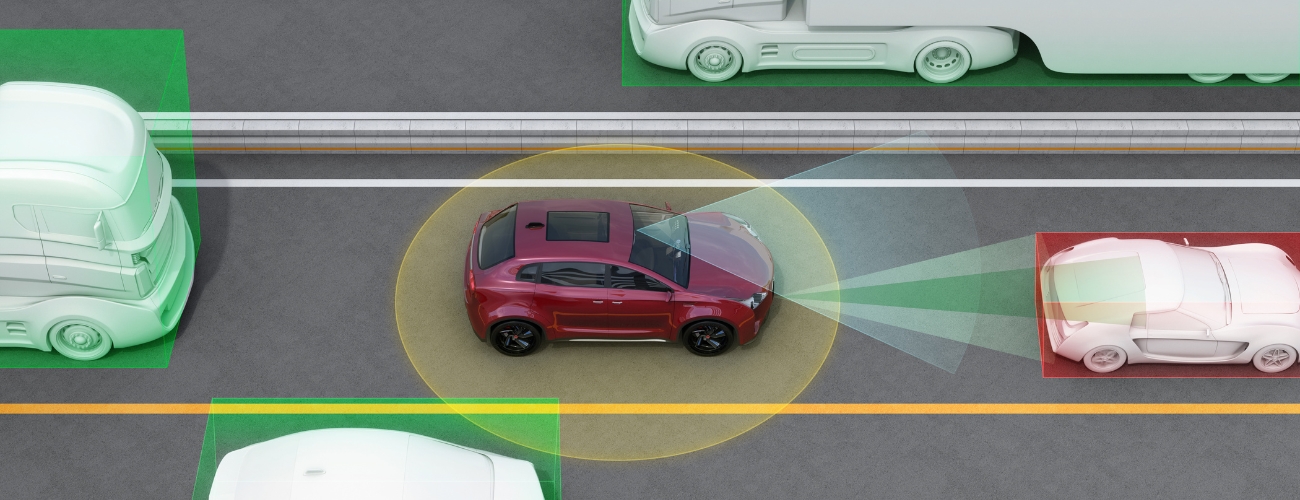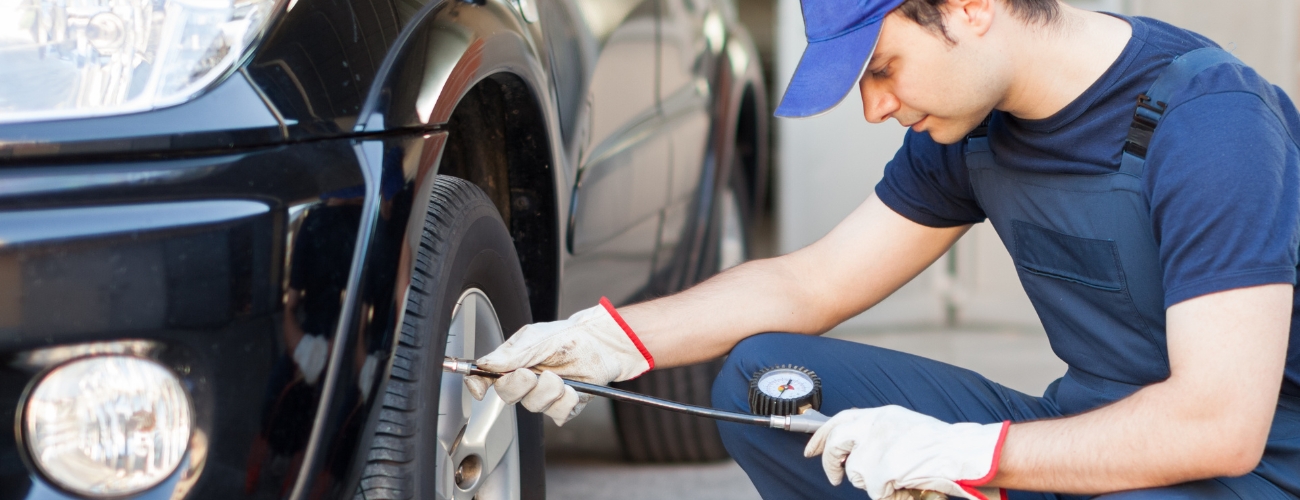November 18, 2024
Sara Davies
Articles
Road Safety Week is upon us so we’ve decided to take this opportunity to outline some of the safety features available on many of the vehicles you can lease from Wessex Fleet. Ensuring you have sourced the safest vehicles for your fleet can reduce the severity of incidents and even help avoid them completely.
What Types of Safety Features Are Available?
Safety features tend to fall into two categories. There are those that prevent accidents from happening in the first place which are called active safety features. Then there are those that lessen the chance of death and serious injury in instances where an accident is unavoidable, termed as passive safety features.
What Types of Active Safety Features Exist?
Active safety features include, but are not limited to, the following:
1. Intelligent Speed Assistance - Manufacturers can fit cars with four different ISA systems that comprise sound warnings, vibration warnings, feedback through the accelerator pedal and direct speed control, in order to warn drivers when they exceed the limit and even reduce their speeds automatically.
2. Autonomous Emergency Braking - AEB applies the brakes to avoid or mitigate a collision, predicted by scanning the forward path for potential impact targets.
3. Adaptive Cruise Control - By using sensors to detect how close you are to the car in front, adaptive cruise control maintains distance by slowing the car where required.

4. Lane Keeping Systems - These warn drivers when they stray too far from the edge of their lane and some versions automatically make steering adjustments to keep the driver within the optimal lane parameters.
5. Emergency Lane Keeping - When a car is leaving its lane on a collision course with another vehicle, emergency lane keeping technology (ELK) applies corrective steering automatically.
6. Electronic Stability Control - This can help stabilise a vehicle that is at risk of a skid, by automatically reducing engine power and operating brakes.
7. Visibility Aids - These include blind spot cameras which use multiple cameras to record blind spot footage, coupled with a monitor in the interior part of the car to show it to the user.
8. Smart Seatbelt Reminder - These systems can sense which seats are occupied and alert the driver to passengers who have failed to fasten their seatbelts.
9. Attention Monitoring Systems - Designed to detect signs of tiredness in the driver, these give visual or audible warnings to take a break from driving.
10. Active Headlights - With a range of functions, these are designed to increase safety when night driving, with the most advanced systems using cameras to detect cars ahead, adjusting the headlight beam accordingly.
11. Tyre Pressure Monitoring - The wrong tyre pressure can diminish handling, causing accidents and tyre-pressure monitoring systems (TPMS) warn of incorrect tyre pressures.

What Types of Passive Safety Features Exist?
Passive safety features include (but are not limited to) the following:
1. Car Body Design - Vehicles are engineered to enhance occupant protection by efficiently distributing crash energy throughout the vehicle, and simultaneously protect pedestrians from impact as far as possible through features including pop-up bonnets and deformable bumpers.
2. Dual Stage Airbags - These inflate at a lower intensity for less severe impacts, while in more severe collisions, they deploy at a higher intensity, reducing the likelihood of airbag-related injuries.
3. Appropriate Head Restraints - Whiplash injuries can be minimised on vehicles with good head restraints that can be raised high enough to suit drivers and passengers of all heights.
4. Seat Mounted Side Airbags - Seat-mounted side airbags are designed to minimise lateral movement, keeping the occupant in the optimal position during an accident.
5. Side Curtain Airbags - These generally drop down from the roof lining above the windows to protect the heads of front and rear passengers in the event of a side-on crash.
6. Knee Airbags - These distribute impact forces to reduce leg injuries and reduce forces on an occupant’s chest, abdomen and pelvis, cushioning drivers from objects such as the steering column.
7. Pre-Tensioners and Load-Limiters - Pre-tensioners decrease any slack in the belt, keeping you fixed in your seat, while load limiters control the tension, allowing the belt to stretch slightly so that not too much force is placed on the body.
8. ISOFIX Child Seat Mounts - A standardised system for securely attaching child seats into cars, ISOFIX fitting points are built into both cars and child car seats when they are manufactured, making a child’s car seat easier to fit, with less risk of incorrect installation.

Are Any Vehicle Safety Features Required by Law?
As of 7 July all new cars in Europe need to be fitted with emergency lane-keeping (ELK), driver drowsiness and inattention (DDAW), intelligent speed assist (ISA) and automatic emergency braking (AEB). They aren’t mandatory, since the UK with the exclusion of Northern Ireland isn’t signed up to the New Vehicle General Safety Regulations 2 (GSR2) provision, which the requirements are integrated into. Regardless, it’s likely carmakers will include any EU-compliant software in cars sold across the UK, because it makes more sense economically and logistically.
There are various other safety features that are required by UK law, including requirements for seat belts, child seats, and airbags. More information can be found on the Government website.
How do I Know Which Vehicle Makes Are the Safest?
Wessex Fleet are always on hand to run through which vehicle makes and models contain the most advanced safety features. Alternatively you can conduct some research on the safest vehicles on the market by visiting Euro NCAP, the European New Car Assessment Programme which provides consumer information on the safety of new cars.
Enjoyed this article? Read more of our latest blogs below:
- A Speed Limit Refresher in Advance of Road Safety Week
- Political Context of the Rise in Electric Vehicles
- 20 Years in Business
- Should I Extend the Manufacturer’s Warranty on my Lease Car?
For all our latest news and blogs click HERE.
Or are you looking to understand the company car, fleet management or any other aspect of fleet vehicles? If so, then check out our Guide Pages.
